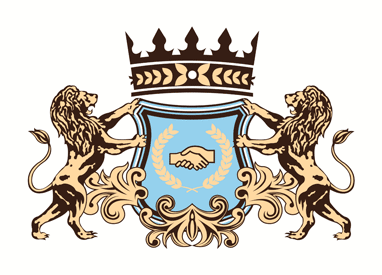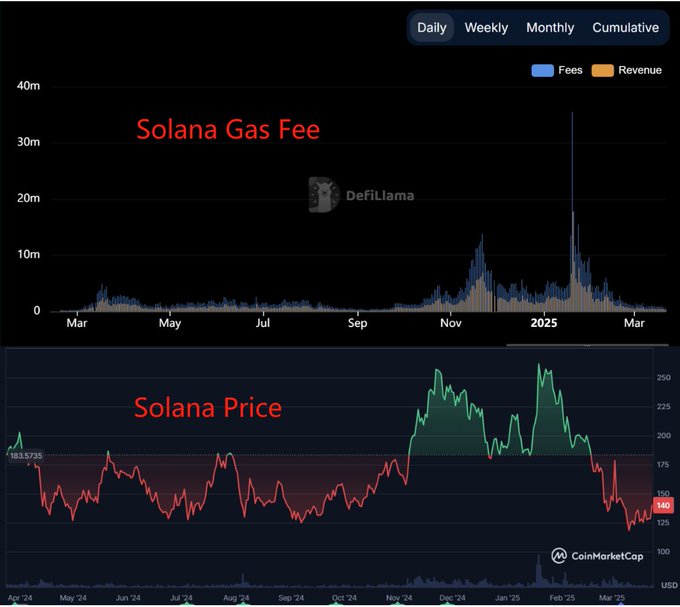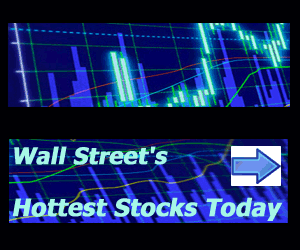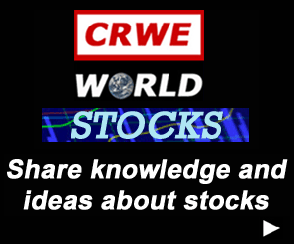Roam’s Token Revolution: Co-Founder YZ on Why It’s Built to Hold
VANCOUVER, BC / ACCESS Newswire / March 31, 2025 /In this article , originally posted by Roam co-founder YZ on his X account (@alphacurve), we explore how Roam is reshaping the crypto landscape. Tired of meme coin hype and fleeting burns? YZ reveals how Roam 's groundbreaking reversal burn mechanism and real-world impact-backed by 2.8 million nodes worldwide-deliver lasting value to holders, uniting the team and community in a sustainable ecosystem. What follows is a powerful argument for why Roam stands out as a token with purpose.
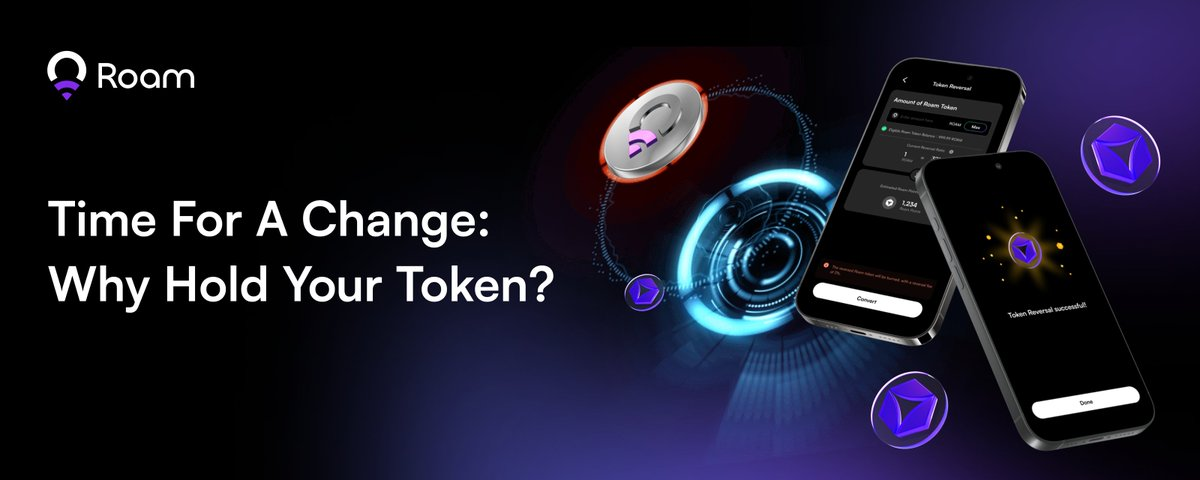
Time for a Change: Why Hold Your Token?
The crypto world feels like it 's losing steam. We 're all tired of pump-and-dumps, meme coin madness, and endless "when moon" talk. It 's been all about speculation and PVP, but now the focus is shifting to what 's real: revenue, profits, and actual use. Analysts are starting to compare these, but challenges remain. First, the token market is unregulated, making it hard for analysts to provide accurate insights without audited financials, only on-chain data are reliable. Second, tokens can not come with economic rights like dividends or claims on profits due to regulatory reasons, which makes them seem worthless. Governance? Utility? They often feel like mere bets on someone else buying in. Why should retail investors hold your token? What 's in it for them?
Stocks vs. Tokens: One 's Solid, One 's Hollow
Stocks are tangible. When you buy Apple stock, you own part of its $3 trillion empire-cash, factories, iPhone sales. If Apple is sold, you get a share of the proceeds. They share profits-$15 billion yearly since 2012-or buy back shares, like $90 billion in 2023. This benefits both large and small investors. Tokens, however, are a different beast. Projects often separate the profit-making entity from the token-issuing foundation. Your Uniswap token ($uni), for example, doesn 't have a claim on its $1.5 billion in yearly fees.
Tokens are hard-capped, with teams typically holding 10-20% of the supply, but they manage 100% operational profit. Unlike stocks, where new shares can be issued as rewards, token projects can 't do the same, leaving little incentive for the team to give up operational profits to reward holders. Stocks share success; tokens often leave retail investors hanging-no returns allowed under current regulations.
Governance & Utility Tokens: Big Talk, Little Value
Tokens generally come in two types: governance and utility. Neither offers much to retail holders.
Governance tokens let you vote on project matters-upgrades, fees, and more. While it sounds empowering, for most holders, it 's ineffective. You need a massive token stash to influence anything, and even then, you don 't own any project assets. Teams control the "lab," pocket profits, and your vote is more symbolic than impactful.
Utility tokens are meant for paying for services or fees-more use, more value, right? Consider the ABCD token: 10 services at $1 each, 10 tokens total = $1 per token. Add 10 more services, still only 10 tokens, and the price doubles to $2. It sounds promising, but in the real world, we need stable currency-something that doesn 't swing wildly in value. Bitcoin ceased being a common currency when a $5 coffee could suddenly cost $50. In L1 blockchains, the gas fee reflects token usage. Ethereum 's gas fees swung 30x last year, but its price only doubled. Solana 's fees jumped 40x, with a similar price change. More usage helps slightly, but the model is flawed, and the appreciation of token value often goes unrecognized.
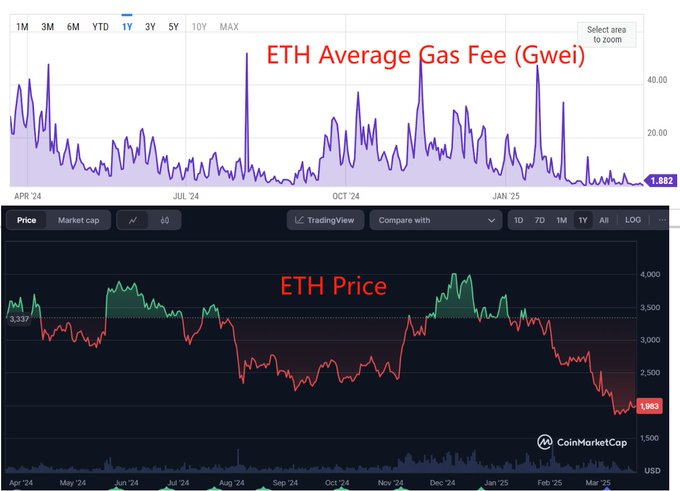
"Burning" Tokens: A Start, Not Enough
Burning tokens-reducing supply to boost value-is a method some endorse. Binance burned $600 million worth of BNB annually, with its price up 10x since 2017. Jupiter burned 30% of its supply (300 million tokens) in January 2025, spiking 40% in a day. On-chain data builds trust, and holders appreciate it. Take $1 million total, 10 million tokens = 10¢ each. Burn 2 million, and now they 're worth 12.5¢ each. But it 's unstable. Voluntary burns, dodging regulations, need mutual benefit to work. If a team holds 12% and earns $1 million, burning tokens needs an $8.3 million market cap boost to break even for the team to give up the profit. Markets rarely jump that much-hype dies fast. Selling also tanks their stake, making no sense for teams to choose this path. It 's a short lift, not a strategy. However, smarter burns are on the horizon.
The New Trend: "Burning" That Works
Here 's the shift: projects are creating burning strategies that benefit both the team and holders-sustainable, on-chain, and regulation-compliant. Roam ( @weroamxyz ) is a standout with its points, stickers, tokens, and reversal system. First, points and stickers are generated through "mining" by miners or validation processes. Second, points remain quasi-stable, used for settling ecosystem transactions. Third, points convert to tokens via three pools: Miner (for mined points), Sticker (for sticker-based burning), and General (for unlimited burning). The conversion ratio is market-determined. Fourth, tokens can reverse to points at a weighted average of the Sticker and General pool rates, with 97% of tokens permanently removed from circulation.
Consider this scenario: Roam earns $1 million. They buy back tokens at 1 ROAM = 282 points (current rate, same applied to other conversions). With 282 points, they have three options:
General Pool: 464 points = 1 token, so 282 points = 0.61 tokens. Burning $1 million yields $0.61 million in tokens. With holding only 12% supply, the team breaks even at a $3.25 million market cap rise-capital gain can cover the loss in the token amount. The required $3.25 million FDV increase is far less than the $8.3 million needed in the previous model and much easier to achieve.
Sticker Pool: 135 points = 1 token, so 282 points = over 2 tokens, doubling returns. While the team doesn 't have stickers, creating valuable services to earn stickers could yield significant gains.
Trade or Economic Utilization: Trade points for discovery tokens, lend for yield, or spend within the ecosystem. Create new income streams.
The team profits, tokens vanish, and prices climb. Holders benefit too-supply shrinks, value rises. Roam 's reversal burns have fueled steady gains since launch.
The Big Shift: Tokens That Mean Something
Beyond Roam, other projects are innovating too-burning 20% yearly or tying to staking. It 's catching on. Crypto once chased revenue and profits, but tokens stayed detached due to regulations. Now, smart supply cuts align teams and holders. Old burns fizzled; new ones incentivize teams. Each project needs its own twist-don 't fight human nature or regulatory compliance. My suggestion? "Burn" along with asset conversion, like Roam 's, rather than pointless burning. It 's the sustainable path where everyone wins. Why hold? Finally, there 's a reason.
Contact Roam:
Website: https://www.weroam.xyz/
Telegram: https://t.me/WeRoamXYZ
PR Contact:
ZEX PR WIRE
info@zexprwire.com
SOURCE:Roam
View the original press release on ACCESS Newswire
© 2025 ACCESS Newswire. All Rights Reserved.
